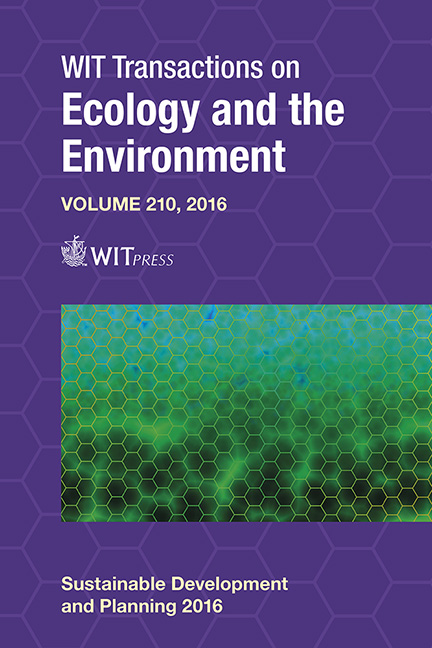Changes In Fertility And Microbial Respiration In Acid Sandy Soil Amended With Uncharred And Charred Poultry Litter
Price
Free (open access)
Transaction
Volume
210
Pages
12
Page Range
325 - 336
Published
2017
Size
434 kb
Paper DOI
10.2495/SDP160271
Copyright
WIT Press
Author(s)
M. M. Sarong, A. S. Almendras-Ferraren, R. F. Orge
Abstract
Poultry litter application is an option in improving soil fertility of acid sandy soils although over application may promote environmental problems. Pot and laboratory experiments using uncharred (UPL) and charred poultry litter (CPL) at 4 levels (10, 20, 30, and 40 g kg−1 soil) were carried out to evaluate their direct and residual effects on the fertility and microbial respiration in acid sandy soil. Peanut was used as the test plant. At 10 and 20 days of incubation (DOI), a linear trend on the direct effects of levels regardless of the type of poultry litter was noted on soil pHH2O, organic C (OC), total N, and extractable P. Exchangeable Al and acidity on the other hand, significantly decreased with increasing rates of either UPL or CPL poultry litter. Interaction of types and levels of poultry litter also resulted in a significant change on soil pHCaCl2, exchangeable acidity, OC, and total N at 10 DOI but at 20 DOI, significant change was only noted on soil pHCaCl2 and OC. The residual liming benefit of CPL was superior to UPL. In general, the direct effects of application of uncharred or charred poultry litter resulted in better plant growth, nodulation, biomass, and N and P uptake than the control plants. The direct effects of UPL application resulted in a greater amount of CO2 evolved than CP. The above results indicate that converting raw poultry litter into char may play an important role in reducing C emissions associated with organic matter enhancement practices and increasing C stocks in acid sandy soils.
Keywords
uncharred poultry litter, charred poultry litter, acid sandy soil, soil fertility, microbial respiration





